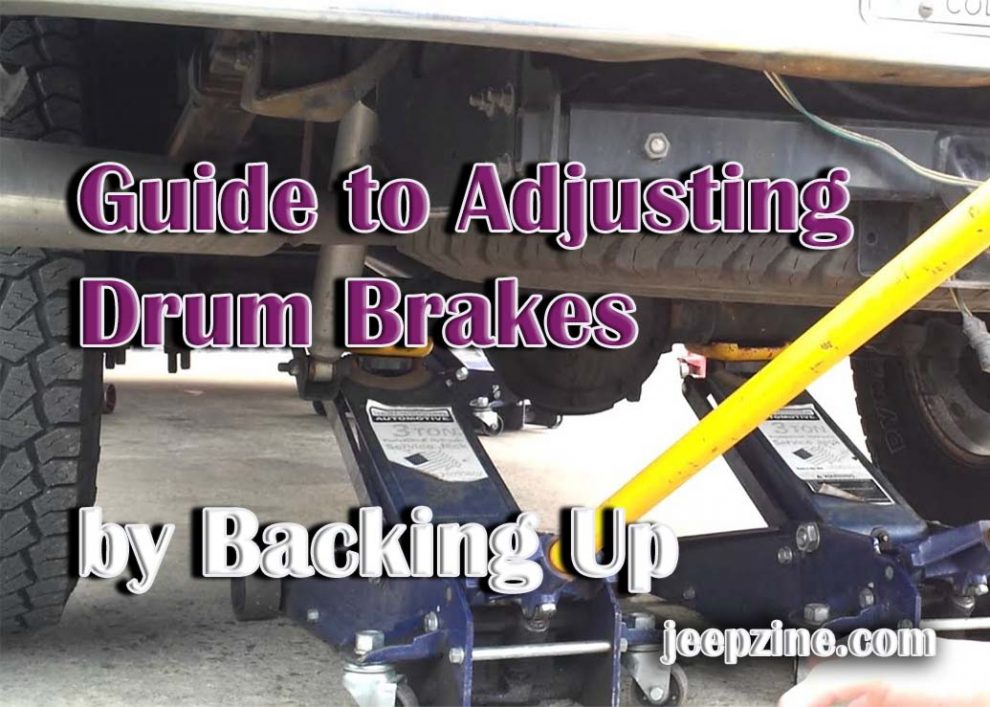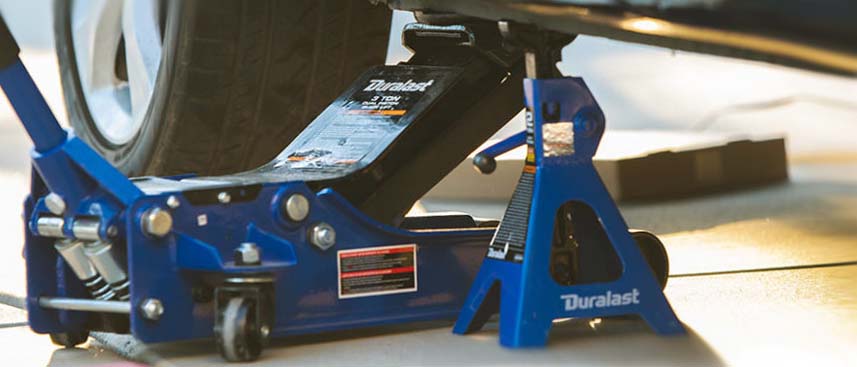Taking care of your car’s brakes is essential for your safety and the safety of your family. As such, adjusting drum brakes by backing up is a crucial skill to have as a car owner. Drum brakes are found in older cars and consist of two brake shoes that press against the inside walls of a metal drum when the brakes are applied. The following article will provide you with step-by-step instructions on how to adjust drum brakes by backing up, as well as explain why it’s important to do so.
Why Should You Adjust Your Drum Brakes?
Adjusting your drum brakes is an important part of maintaining them properly. When you adjust them correctly, they can last longer and perform better than if they were not adjusted at all. Furthermore, if the brakes become too loose, then it can cause excessive brake dust build-up which can lead to premature wear on both your brake pads and rotors. Lastly, having well-adjusted drums ensures that there won’t be any grinding or other noise when you press down on the pedal during braking. While understanding drum brakes is essential, it’s also beneficial to learn about different braking mechanisms. What Is Engine Braking delves into another method used by drivers to control their vehicle’s speed without necessarily using the brake pedal. Also read about its functionality, benefits, and how it differs from traditional braking methods.
Tools and Materials You Need for the Process
Before beginning the process of adjusting your drums by backing up, make sure you have all of these tools ready: a floor jack, lug wrench, tire iron, locking pliers and a brake adjusting tool.
Instructions for Adjusting Drum Brakes by Backing Up
Now that you’re prepared with the right tools and materials, follow these steps to adjust your drum brakes by backing up:
Step 1: Park Your Vehicle in a Level Area
In order to ensure that the process of backing up will work properly, you need to make sure the ground is level. This will help keep your vehicle stable while you adjust the drums.
Step 2: Raise the Rear Wheels Off the Ground
Once you’ve parked your car in a level area, use a floor jack to raise both of the rear wheels off of the ground. This will give you more clearance so that you can access both sides of each brake easily. Make sure to securely support your vehicle with jack stands before beginning any work on it.
Step 3: Put Pressure on the Vehicle’s Handbrake Lever
Next, put pressure on the handbrake lever so that it holds itself in place while you’re working on adjusting it. This will prevent any unnecessary strain or wear on your brakes during this process.
Step 4: Apply Pressure to the Brake Pedal
Now, apply pressure to the brake pedal in order to force the wheels to turn against the direction they are facing. This will help you identify which side of each drum needs adjusting.
Step 5: Tighten or Loosen Both of the Lock Nuts Simultaneously
Once you’ve identified which side of each drum needs adjusting, use a locking pliers and a tire iron to loosen both lock nuts simultaneously. Then, adjust either one of the two nuts depending on whether you need to tighten or loosen them. Make sure not to touch both lock nuts at once as this can cause them to become damaged or misaligned.
Step 6: Test if The Brake Pedal is Firm Enough
After making your adjustments, test if your brake pedal is firm enough by applying pressure with your foot and checking for any grinding noises that may indicate that it needs further adjusting. If there are no noises and the brakes feel firm enough, then you’re all set!
Conclusion
Adjusting drum brakes by backing up is an important process for car owners who want their vehicles’ brakes functioning properly and safely. Following these steps will help you adjust drum brakes easily and quickly. Make sure to always use the right tools and materials for the job, such as a floor jack, lug wrench, tire iron, locking pliers and a brake adjusting tool.



Add Comment